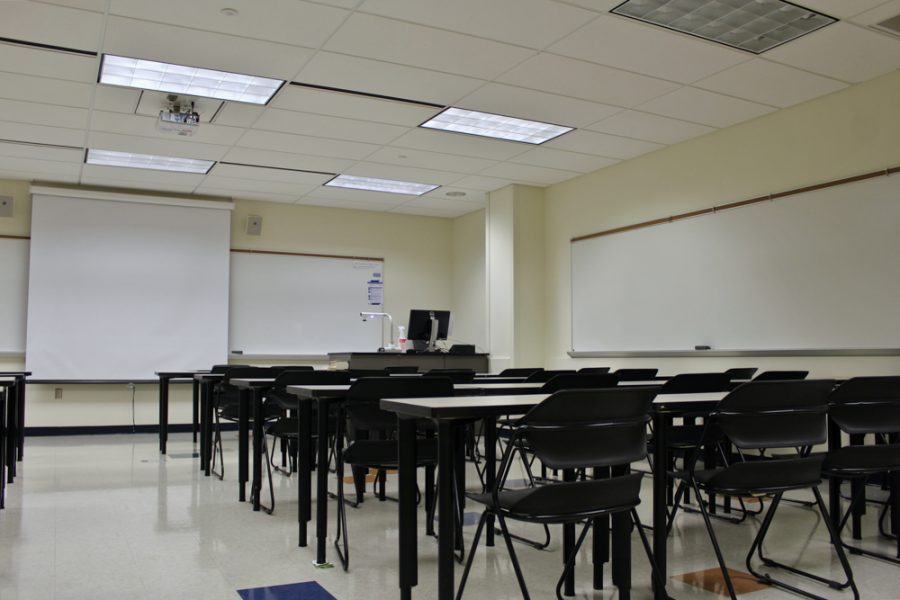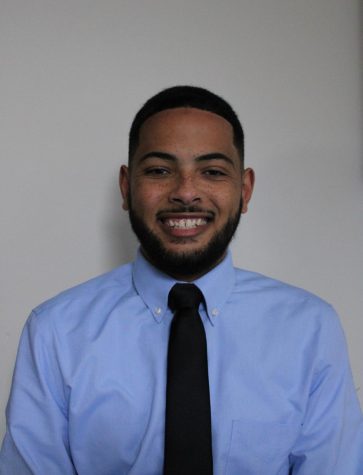GV professors adapt to increased student absences
Feb 7, 2022
The path to providing a safe learning environment, with a significant rise in student absences, has continued to present roadblocks for Grand Valley State University professors.
Although GVSU remains at a modified Alert Level 3, a recent email from the Virus Action Team (VAT) stated that the number of positive cases on campus has seen a downward trend.
Joel Stillerman, a sociology professor at GVSU, said he recognizes the challenges the virus has created for all professors and students, especially with the rising number of student absences.
Stillerman said it seems as though the community has faced a dilemma with remaining in-person or moving back to an online learning format while they debate the best option for all.
“(Student absences) are noticeable and are definitely higher than they were last fall,” Stillerman said. “There was definitely a concern about exposing our community to the new variant, but the administration reaffirmed we would be mostly in-person.”
The university administered a “high-flex” option for all instructors that allowed them to teach students in person that want to come to class physically, while those who do not feel comfortable doing so can still attend classes via Zoom or recorded lectures.
Though this option is provided, Stillerman said it is far more demanding and can create learning obstacles as students who are joining class online may not have their questions answered in a timely manner, while also being unable to engage with their peers.
“I wanted to set healthy boundaries for both those in quarantine and those actually in class,” Stillerman said. “I think students can understand it’s difficult to be teaching in class and trying to respond to those on Zoom. A lot of students and faculty are feeling pretty burnt out at this point, and the thought of teaching high flex is exhausting; to me, at least.”
GVSU Communications professor, George Nichols, said he believes the university is handling the situation to the best of their abilities and noted the need for students and instructors to have in-person social capacities to create a better learning environment.
“I feel that GVSU has responded properly to a highly challenging situation,” Nichols said. “In-person classes can offer a much-needed social dynamic that is important to development and learning. In my opinion, by taking measured steps to keep people safe, the administration is doing an effective job at doing what is right for students.”
Nichols said although he feels the university is doing a good job, he recognizes the higher number of student absences and has tried to make his classroom flexible.
“Students face more struggles than ever before in this pandemic era,” Nichols said. “To that end, I’ve tried to be more understanding of a student’s need to miss class, especially when it comes to their physical and mental health.”
College administrators and the VAT are urging students who are not fully vaccinated or unvaccinated and those who are not up-to-date should receive their next dose.
Students who are not up-to-date with their vaccinations will be required to quarantine if they have been exposed to the virus beginning Feb. 11 in order to stay in accordance with the Ottawa and Kent County health department policies.
“There’s no perfect solution to this situation, everyone knows that,” Stillerman said. “The best we can do is keep doing what we’re doing and try to stay safe.”
























